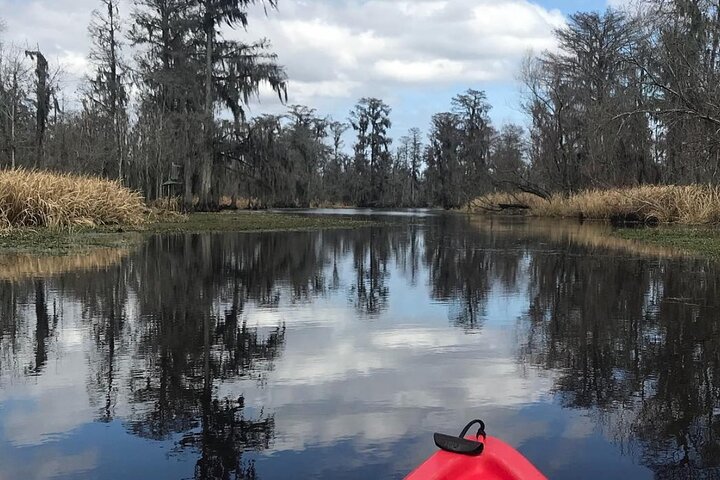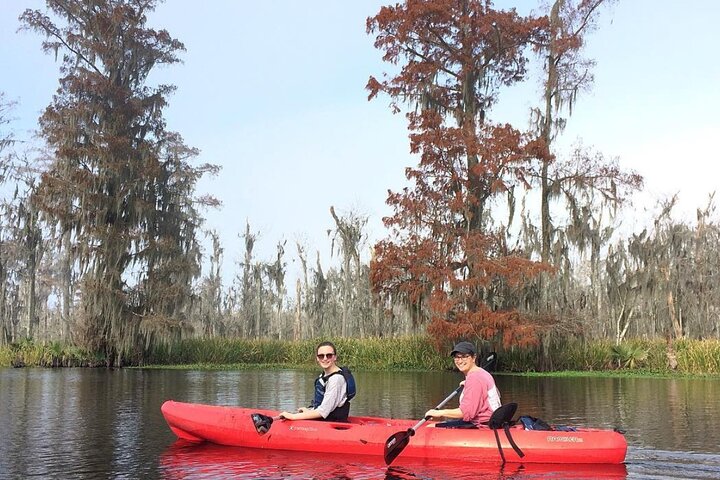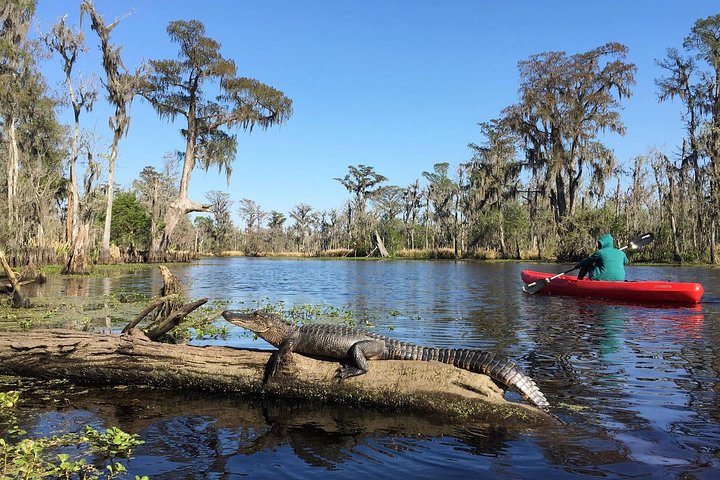Unveiling History: A Reflective Journey Through Whitney Plantation
Driven by a passion for history and cultural immersion, I embarked on the Whitney Plantation Tour, eager to uncover the stories of resilience and resistance that define this iconic site. Join me as I reflect on a journey that was both humbling and enlightening.
A Journey Through Time: The Road to Whitney Plantation
As the sun began to rise over the vibrant city of New Orleans, I found myself embarking on a journey that promised to be both enlightening and humbling. The Whitney Plantation Tour was not just a tour; it was an exploration into the depths of history, a chance to walk the paths of those who had come before us, and a moment to reflect on the resilience of the human spirit.
Our journey began with a comfortable ride in a luxury vehicle, where our driver, Edward, set the tone for the day with his courteous demeanor and wealth of knowledge. As we traveled through the lush landscapes of Louisiana, Edward shared fascinating insights about the region, including the hauntingly named “Cancer Alley” and the history behind Tchoupitoulas Street, named after a native tribe that has since vanished. His stories painted a vivid picture of the area’s rich and complex history, and I found myself captivated by the layers of culture and tradition that have shaped this part of the world.
The drive was punctuated by a stop at a plantation house near Whitney, famously used as a filming location for “Django Unchained.” It was a moment to pause and reflect on the intersection of history and modern storytelling, a reminder of how the past continues to influence the present.
Unveiling the Stories of Whitney Plantation
Upon arriving at Whitney Plantation, I was handed a self-guided tour device, a tool that would lead me through the 14 significant locations on the grounds. Each stop was a window into the past, offering a glimpse into the lives of those who lived and worked on the plantation. The stories were not just about the plantation owners but focused on the enslaved individuals whose labor and lives were intertwined with the land.
One of the most striking revelations was learning that the plantation remained operational until the 1970s, with workers living in the original slave quarters. This stark reality highlighted the enduring legacy of slavery and the systemic inequalities that persisted long after its official abolition. The tour illuminated the harsh truths of Jim Crow laws and the oppressive practices that kept many in a state of bondage, even in the absence of legal slavery.
As I wandered through the grounds, I was particularly moved by the memorials dedicated to the enslaved children and the memorial wall listing the names and stories of those who lived in bondage. These tributes were powerful reminders of the human cost of slavery and the importance of remembering and honoring those who suffered.
Art and Memory: A Tribute to Resilience
The Whitney Plantation is not just a historical site; it is a living museum that uses art to tell the stories of resilience and resistance. Scattered throughout the grounds are poignant art pieces that commemorate significant events, such as the 1811 uprising, and honor the lives of those who fought for freedom.
One of the most moving installations was the “Anti-yoke” Baptist Church, adorned with statues of children, symbolizing hope and the promise of a new beginning for the newly freed enslaved people. This sacred space served as a testament to the strength and faith of those who sought solace and community in the face of unimaginable adversity.
The plantation’s commitment to preserving and sharing these stories is a testament to the power of memory and the importance of acknowledging the past. As I left Whitney Plantation, I carried with me a profound sense of gratitude for the opportunity to learn and reflect on the complexities of history and the enduring spirit of those who came before us.
In a world where the past often feels distant, the Whitney Plantation serves as a bridge, connecting us to the stories that have shaped our present and reminding us of the resilience and strength that define the human experience.




































